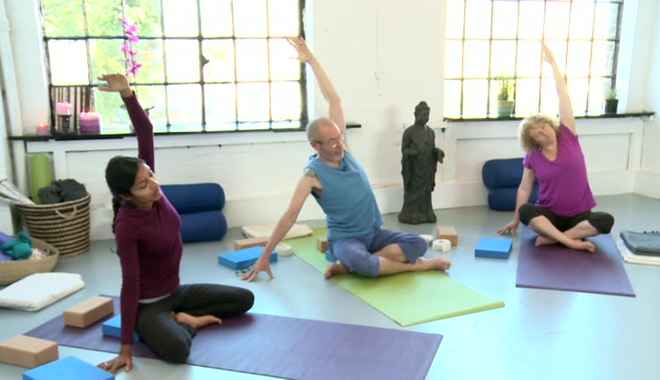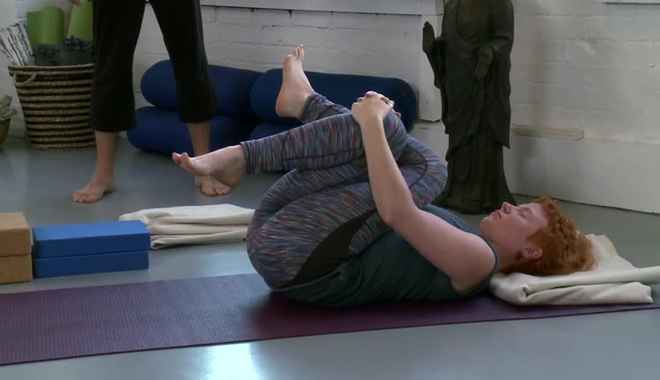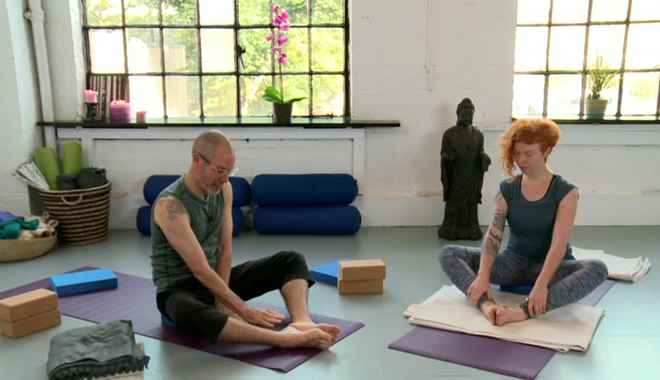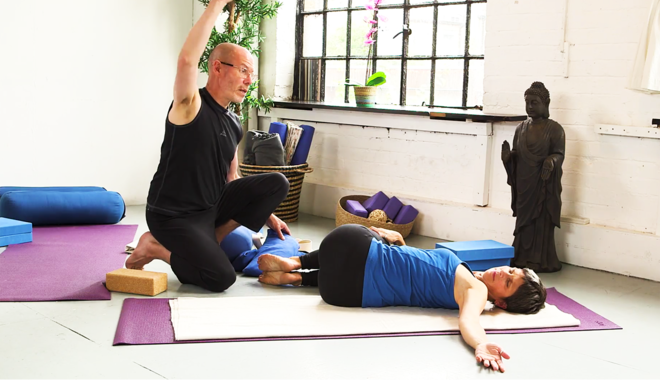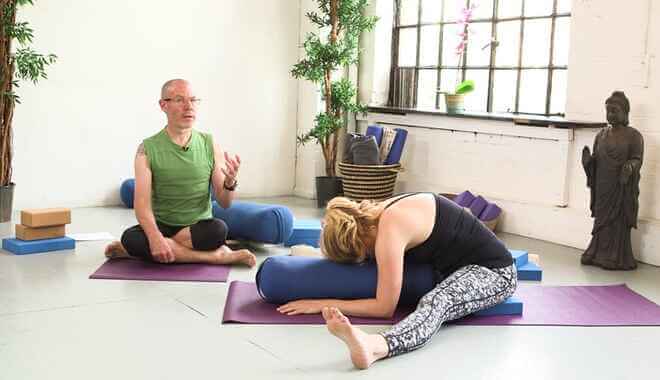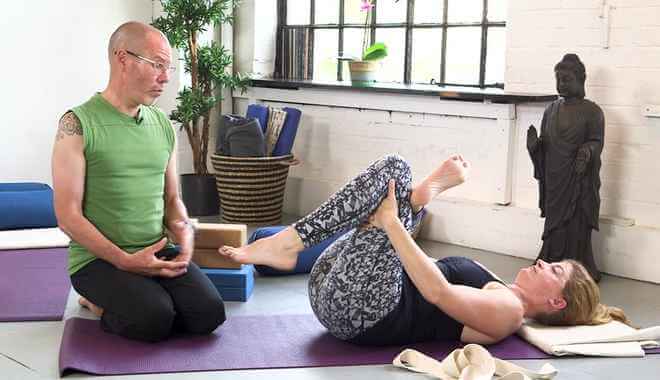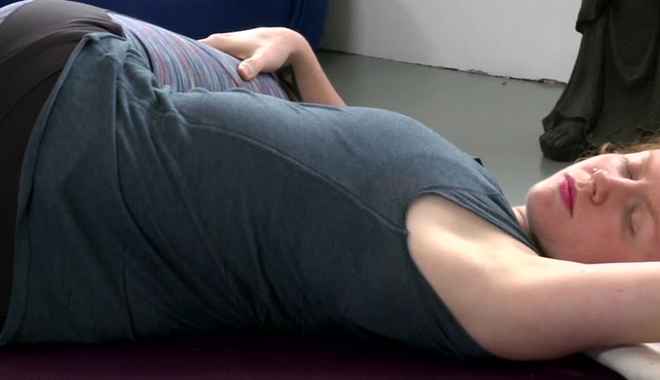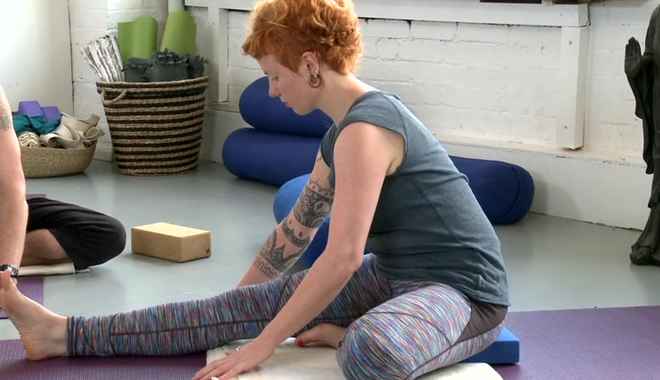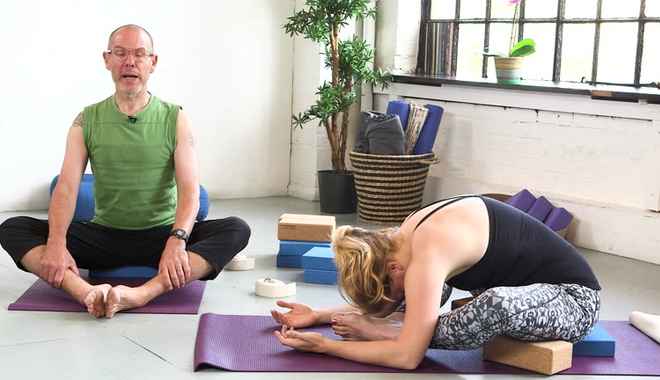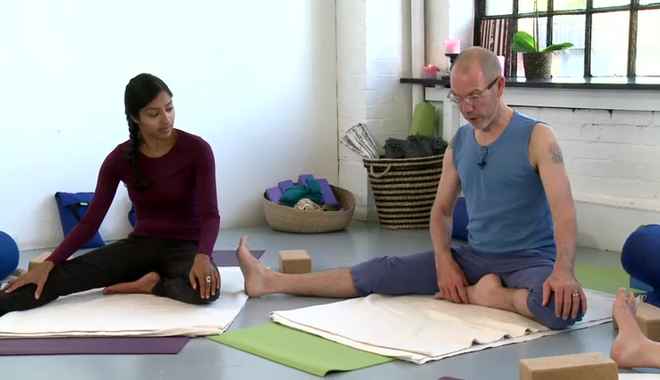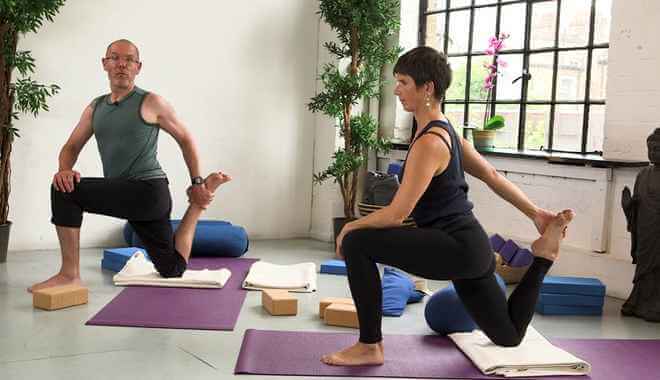Yin Yoga
In Yin Yoga, poses are held for several minutes at a time in order to the stretch the connective tissue around the joints. Yin poses are derived from traditional yoga poses, though they have been renamed to distinguish them. Yin Yoga directly addresses the demands that sitting still in one position for a long time places on the body by focusing on stretching connective tissue instead of muscle.
In Chinese philosophy, the yin yang symbolizes the duality and interdependency of the natural world. Things that are yang are moving, changing, and vigorous. In contrast, things that are yin are still, static, and calm. The majority of western yoga practices have evolved into being very yang- lots of movement, with an emphasis on stretching the muscles. Muscles are yang, while connective tissues like tendons and ligaments are yin. Sitting for meditation is more yin, and therefore requires a practice that addresses this use of the body.
“Yin yoga can give us the space to slow down, a chance to stay with our experiences rather than always rushing. In a yin yoga practice, all the postures are sitting - and all the postures are held for sustained periods of time (often five minutes). Within these long holds there is an encouragement of softness and an emphasis on relaxing muscular tissue. Through these attitudes there can be a gaining of harmony and peace: so there is a greater ease, a deeper sense of balance, feelings of calmness and acceptance”. Norman Blair

